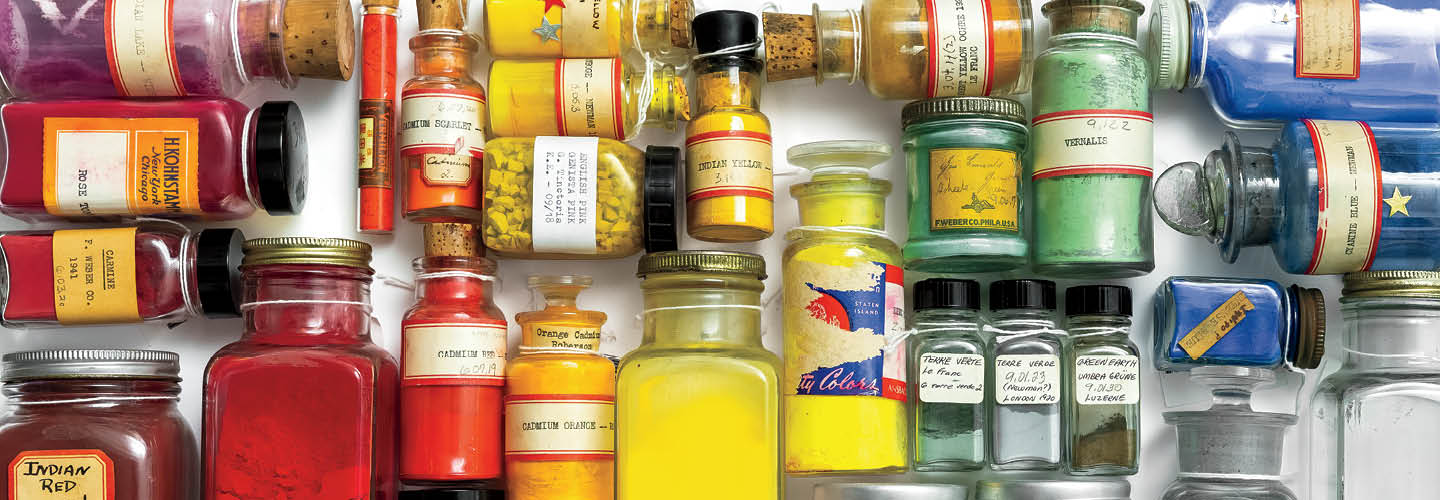Squeeze a blob of paint from its tube. You use the rich, pure color all the time. But have you ever wondered where it actually comes from? What would you say if you found out that crushed insects, a medical experiment gone awry, or even toxic chemicals were used to make your paints?
The colors in art supplies are made with pigments. They can be natural, meaning they’re made with ingredients from animals, vegetables, or minerals. Pigments can also be synthetic, or created in a lab. They are mixed with a material, such as oil, to turn them into paint, ink, or other art media.
Pigments can come from surprising—and sometimes shocking—sources. They can also be used to color the world around you. Every color has a story. Here are just a few examples that might spark your curiosity the next time you open a tube of paint.

